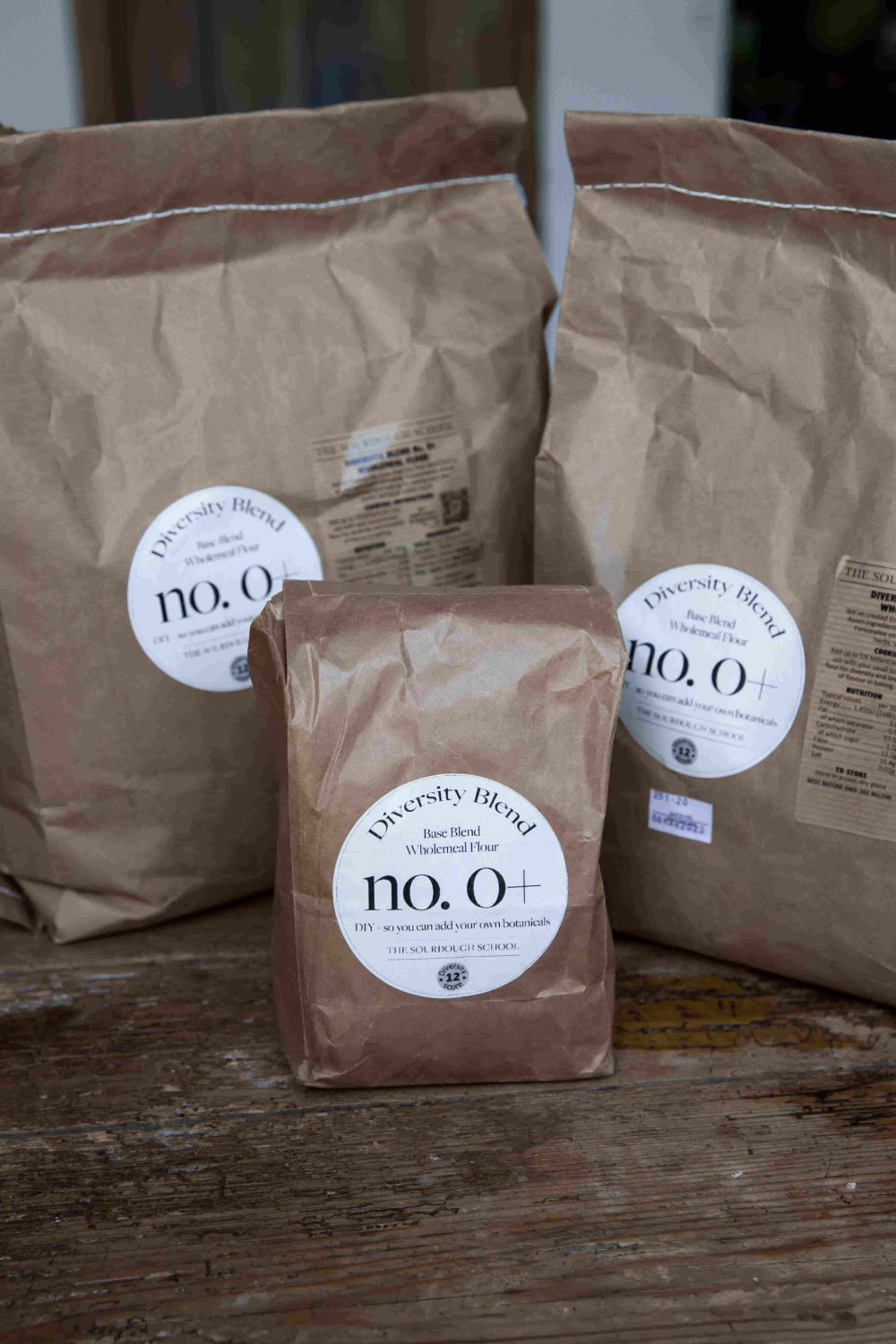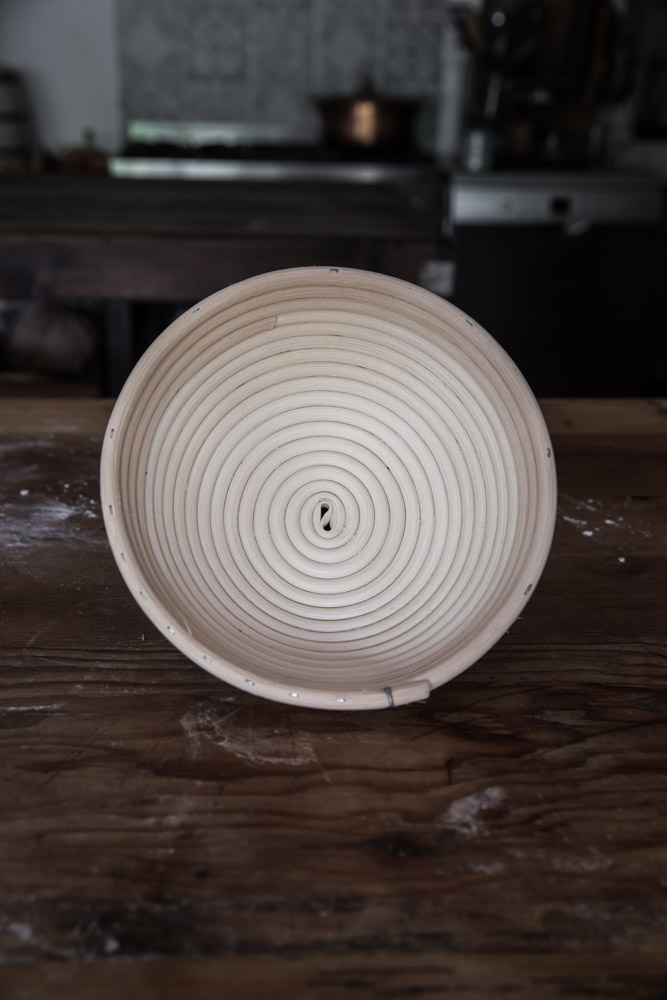
You do not have to understand bacteria in your starter to make great bread. However a rudimentary understanding of the balance of the bacteria can help you develop the flavour and texture and breakdown of your loaves as you advance in your techniques.
Heterofermentative lactic acid bacteria (LAB) are integral to the fermentation process in sourdough, contributing to both its nutritional profile and sensory characteristics. These bacteria, which include species such as Lactobacillus brevis, Lactobacillus fermentum, and Lactobacillus sanfranciscensis, are distinguished by their ability to produce a diverse array of metabolites during fermentation.
Metabolites and Their Impact on Sourdough
Heterofermentative LAB are characterised by their ability to ferment carbohydrates via the phosphoketolase pathway, resulting in the production of lactic acid, acetic acid, ethanol, and carbon dioxide (CO2). This contrasts with homofermentative LAB, which produce primarily lactic acid.
Lactic Acid: Produced by all LAB, lactic acid is pivotal in lowering the pH of the dough, contributing to the inhibition of spoilage organisms and enhancing the bread’s microbial safety. The lactic acid also imparts a mild tanginess to the sourdough.
Acetic Acid: A key metabolite produced by heterofermentative LAB, acetic acid contributes a sharper, more pronounced sourness to the flavour profile. The presence of acetic acid also enhances the nutritional profile by lowering the glycaemic index of the bread, as it slows down starch digestion. Acetic acid also plays a role in preserving the bread by inhibiting the growth of moulds and other spoilage organisms.
Ethanol: Produced alongside acetic acid and lactic acid, ethanol serves as a precursor for other volatile compounds that contribute to the aroma and flavour of the bread. Although present in small amounts, ethanol’s role in sourdough extends to its contribution to the bread’s unique olfactory characteristics.
Carbon Dioxide (CO2): The production of CO2 by heterofermentative LAB contributes to the leavening of the dough, resulting in the characteristic open crumb structure of sourdough bread. This gas production is essential not only for the texture but also for the overall sensory experience of the bread.
Nutritional and Functional Implications
The metabolites produced by heterofermentative LAB have significant implications for the nutritional quality of sourdough bread. The presence of acetic acid, in particular, has been shown to improve the bioavailability of minerals such as magnesium, calcium, and iron by reducing the levels of phytic acid, an antinutritional factor. Phytic acid binds minerals, making them less available for absorption in the human gut. The acidic environment created by these LABs helps break down phytic acid, thereby enhancing mineral absorption.
The lowered pH and presence of organic acids contribute to the partial hydrolysis of gluten, making sourdough potentially more digestible for individuals with gluten sensitivities. The prolonged fermentation associated with these bacteria also leads to an increase in the availability of free amino acids and bioactive peptides, which can have beneficial effects on gut health.
Species-Specific Contributions
Lactobacillus sanfranciscensis: This species is one of the most studied heterofermentative LAB in sourdough. It is renowned for its ability to produce significant amounts of acetic acid, contributing to the distinctive sourness and complex flavour profile of traditional sourdough.
Lactobacillus brevis: Known for its robust production of lactic and acetic acids, L. brevis is also involved in the synthesis of exopolysaccharides, which can enhance the texture and mouthfeel of sourdough bread, making it softer and more voluminous.
Lactobacillus fermentum: This species is notable for its ability to thrive in a variety of environmental conditions, including high salt concentrations. It contributes to both the flavour and nutritional profile by producing acetic acid and other volatile compounds that enhance the sensory qualities of the bread.
To Summarise
Heterofermentative lactic acid bacteria are crucial in shaping the flavour, texture, and nutritional profile of sourdough bread. Their diverse metabolic activities result in a complex array of acids, alcohols, and gases that not only enhance the sensory experience but also improve the bread’s health benefits. By understanding the specific contributions of these bacteria, bakers and researchers can better appreciate the intricate balance of microbial ecology that underpins the art and science of sourdough fermentation.
They predominantly produce acetic acid, which is the one that we recognise as a vinegary flavour.
See also Homofermentative lactobacilli & Facultative Heterofermentative lactic acid bacteria.



